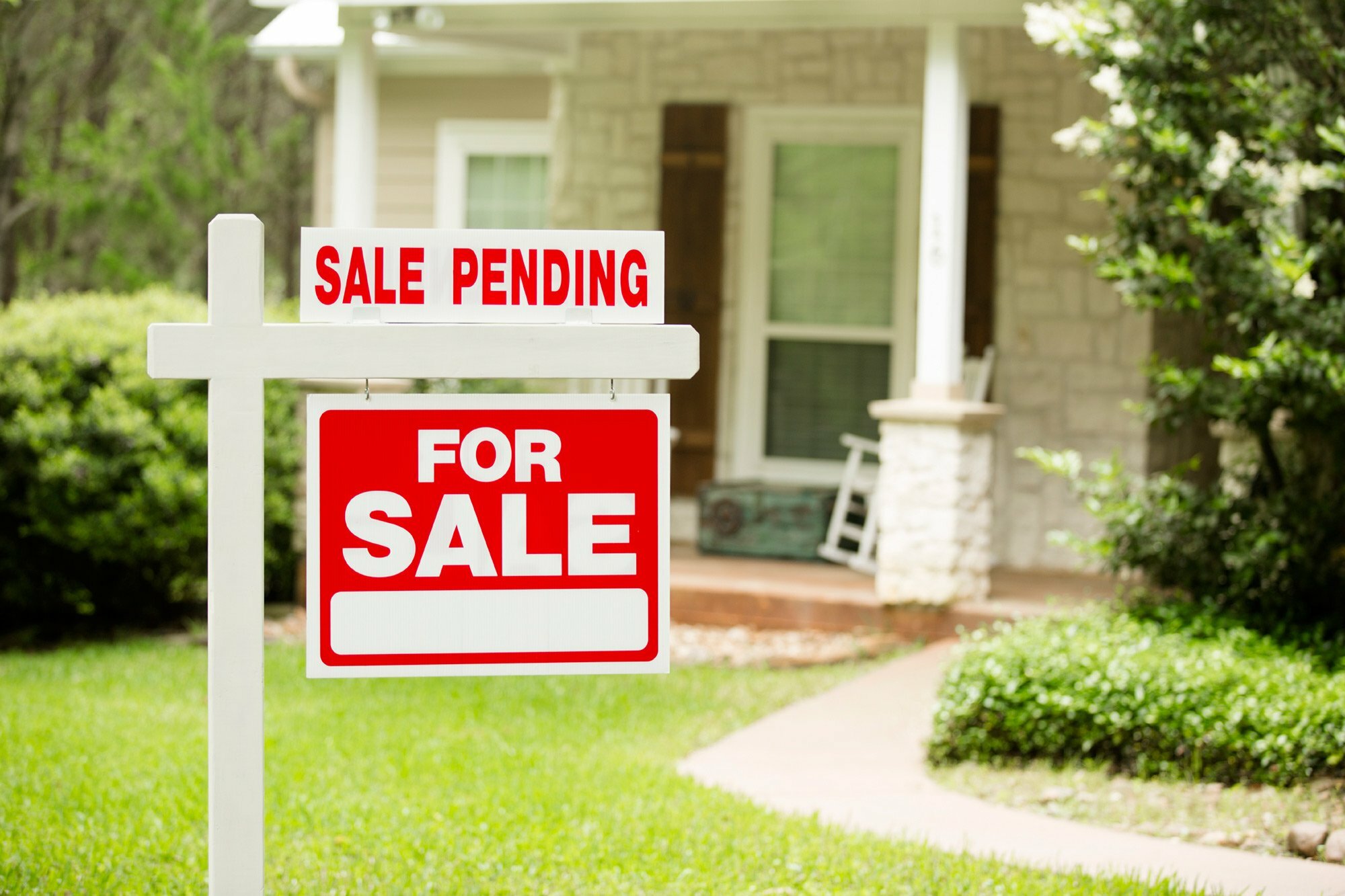Pending home sales, a forward-looking indicator based on contract signings, reached a new seven-month high at the end of February, thanks to a big boost of sales activity in the Midwest, according to the National Association of Realtors (NAR).

On Monday, the NAR said its Pending Home Sales Index, which is based on contract signings, increased by 3.5 percent to 109.1 percent in the last month. As such, pending home sales are now at their highest level since July 2015, following a 3 percent decrease in January to 105.4.
Lawrence Yun, chief economist of the NAR, said in a video statement (see below) the new data is encouraging as it shows buyers are still being lured by low interest rates. He added that the situation was helped by what he called a “modest, seasonal uptick” in inventory levels.
“Looking ahead, the key for sustained momentum and more sales than last spring is a continuous stream of new listings quickly replacing what’s being scooped up by a growing pool of buyers," Yun said. "Without adequate supply, sales will likely plateau."
It was the Midwest that saw the biggest increase in activity, with pending home sales rising by 11.4 percent. In the South, sales increased by 2.1 percent, while in the West sales climbed 0.7 percent. The Northeast saw pending home sales decline by 0.2 percent however.
Yun added that sales are likely to be boosted by falling prices that will make housing a more affordable option to many.
"Any further moderation in prices would be a welcome development this spring,” Yun iterated. “Particularly in the West, where it appears a segment of would-be buyers are becoming wary of high asking prices and stiff competition."
The NAR said that existing home sales are expected to hit around 5.38 million for this year, a 2.4 percent increase from a year ago. National median home prices are also expected to rise, by around 4-5 percent.
Last year, existing home sales rose by 6.3 percent, while prices grew by 6.8 percent.
I work in Nashville, and over the past two years home sales have just been absolutely booming! It's a relief to hear that it's a growing national trend, and that there seems to be a lot of growth in more rural areas. Europe is going through a large rural decline problem right now, and I'm happy that the same might not apply here in the states!